Armed with these credentials, Sarat Chandra set out for Tashilhunpo in June, 1879, accompanied by lama Ugyen- gyatso, and there he remained for nearly six months, the guest of the Prime Minister, with whose assistance he was able to make a careful examination of the rich collections of books in the great libraries of the convent, bringing back with him to India a large and valuable collection of works in Sanskrit and Tibetan. He also explored during this journey the country north and northeast of Kanchanjinga, of which nothing was previously known, nothing with great care observations of bearing and distances. Not the least valuable result of this journey was, however, the friendly relations which the traveler was able to establish with the liberal and powerful Prime Minister, who deeply interested in western civilization and its wonderful discoveries, of which he had learned much from the mouth of Sarat Chandra, requested him to come back again to Tashilhunpo, to instruct him further in the wonders of the west.
An account of this first journey was printed by the Bengal Government some time after the author’s return, with a prefatory note by the traveler’s friend, Sir Alfred Croft. As the route therein described in the same as that followed by the traveler in his second and more extended journey of 1881-82, and as the results of his studies in Tibet in 1879, as shown in this report, bear nearly exclusively on historical and religious subjects, it has been deemed advisable to omit it from the present publication, embodying in footnotes all such details as have been found in it bearing on the geography and ethnology of Tibet, and which are not in the later and fuller report.
ABOUT THE AUTHOR Sarat Chandra Das
Sarat Chandra Das is among the greatest pioneers of explorer and discoverer who ever entered Tibet. Born in 1849, in Eastern Bengal, in a Hindu family of the Vaidya, he received his education from the Presidency College at Calcutta, where he became favourably known to Sir Alfred Croft, who ever since has been his friend and guide in his geographical and literary work, and by whose representations to the Indian Government it became possible for him to perform his important journeys into Tibet. Mr. Das made his first journey into Tibet in 1879 at the invitation of the Tashi Lhunpo Monastery. His second journey was made in the late 1881. In both the journey, Lama Ugyen Gyatso, a Tibetan lama from Sikkim and connected with the reigning family of the State, acted as his guide and companion. In his journeys to Tibet, beginning with Tashi Lhunpo, a great centre of leaerning, Sarat Chandra Das explored the valley of Yarlung, where Tibetan civilisation is said to have first made its appearance. The report of his journeys were printed in two separate publications by order of the Government of Bengal. They are entitled "Narrative of a Journey to Lhasa", and "Narrative of a Journey Round Lake Yamdok, and in Lhokha, Yarlung, and Sakya". for variuos reasons these reports were kept as strictly confidential documents by the Indian Government until about 1890. The amount of literary work accomplished by Sarat Chandra Das since his return from Tibet in 1883 is enormous. he brought back with him over two hundred volumes, manuscripts or block-prints, obtained from the great libraries in Tibet, a number of them in Sanskrit, and for past many contries lost in India. For his achievements, he was awarded the title of Rai Bahadur by the Government of India, and in 1887 the Royal Geographical Society awarded him the "Back Premium" for his geographical researches.

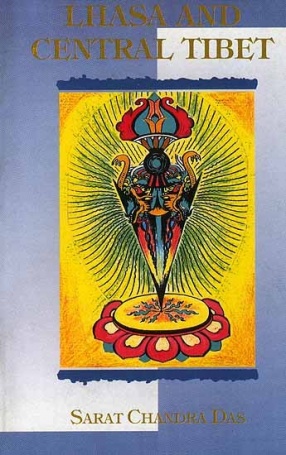
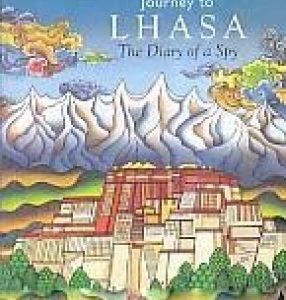
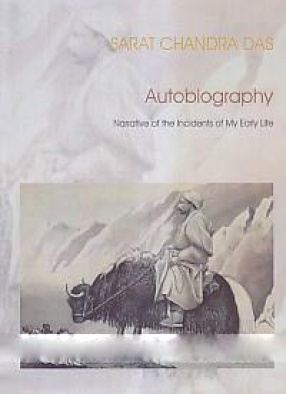
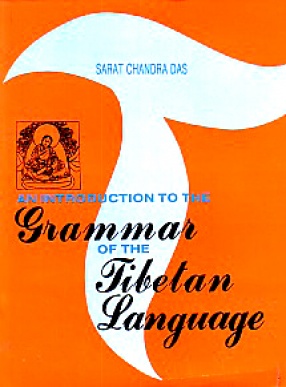
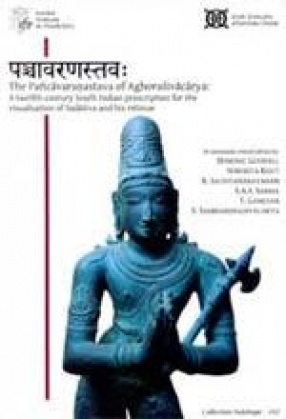
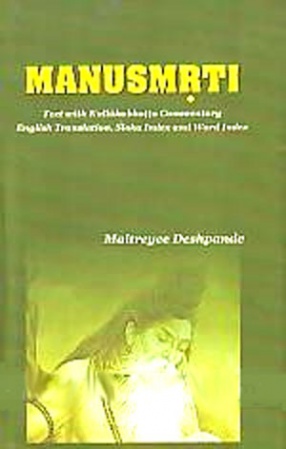

There are no reviews yet.